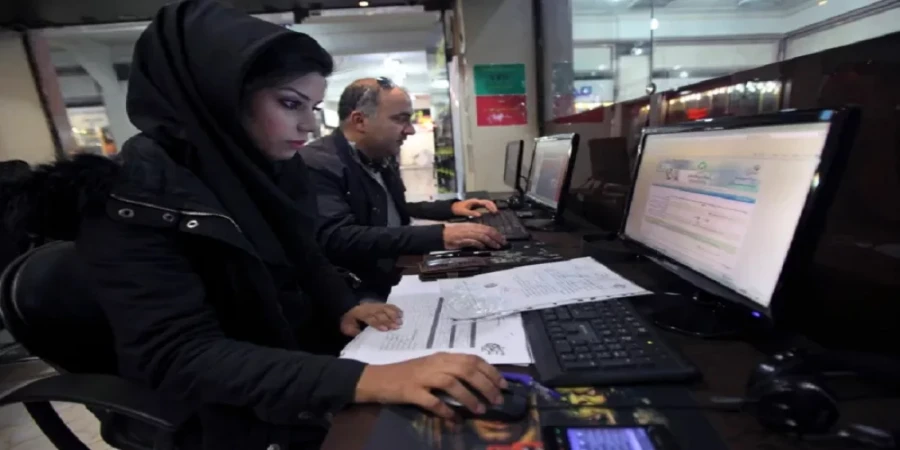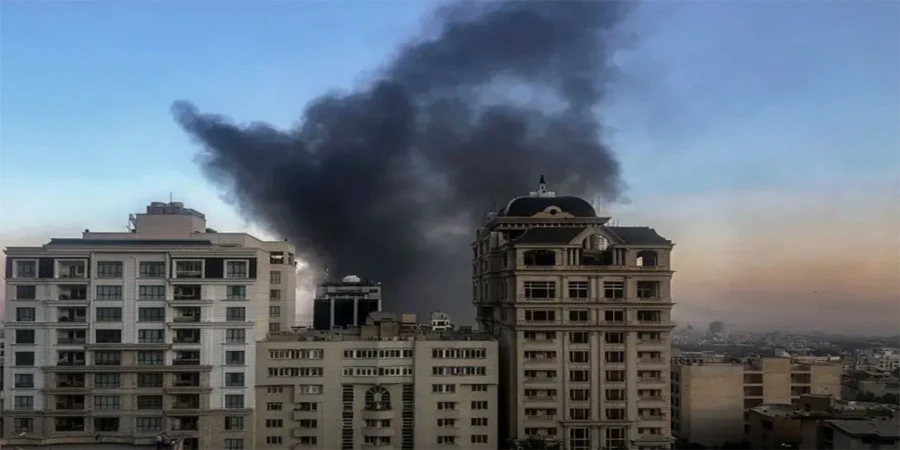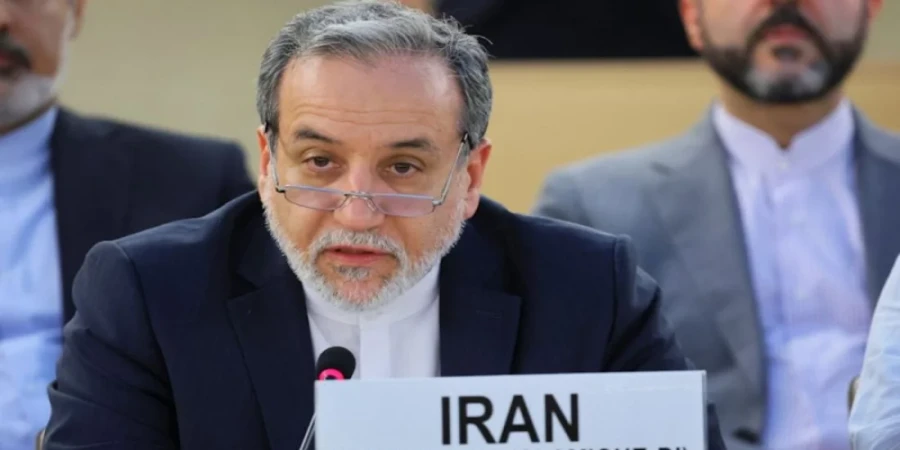
ছবি: Photo: Collected
After over 60 hours of total blackout, Iranians briefly regained internet access—only to lose it again within hours, raising fears of isolation and censorship during a volatile period.
Tehran, June 21 — Iranians experienced a fleeting moment of digital relief as internet services were partially restored on Saturday after more than 60 hours of complete blackout. However, the respite proved short-lived, with services again abruptly suspended across much of the country, according to international internet watchdog NetBlocks.
For days, citizens had been cut off from the outside world, unable to communicate with friends, family, or access critical news during a tense and uncertain time in the region. The temporary return of connectivity allowed many Iranians to rush and check on loved ones, especially those living abroad. But within hours, the signal vanished once more, prompting frustration, fear, and international concern over the Iranian government's use of digital blackouts to suppress communication.
The initial restoration of services on Saturday had raised hopes among residents that normalcy was returning, particularly after state-run Tasnim News Agency quoted the Iranian Minister of Information and Communications Technology as saying that full international connectivity would be restored nationwide by 8 p.m. local time. That promise, however, was short-lived.
Citing cyber threats, Iranian authorities had earlier severed mobile and online access nationwide at the start of the week. The shutdown reportedly coincided with intensifying military tensions, including Israeli airstrikes in the region. The lack of internet access meant that many people were left in the dark—literally and figuratively—not knowing whether family members were safe or whether new attacks had occurred.
According to Al Jazeera, residents in parts of Iran were gradually regaining access in phases earlier this weekend. Social media activity spiked briefly as people hurried to send messages, update statuses, or make video calls. Many attempted to inform family abroad of their safety, while others used the window to gather updates on the ongoing military situation.
The blackout, now reinstated, has drawn criticism from human rights organizations, communication experts, and diaspora communities. For the Iranian expatriate population scattered across the globe, the sudden cutoff had caused immense distress. Many were unable to reach their families for days, unsure of their well-being or even their survival during the crisis. In the absence of reliable digital communication, rumors and misinformation proliferated through unofficial channels, compounding anxiety.
While the government has framed the blackout as a measure to safeguard national cybersecurity during a time of increased external threats, critics argue that it serves as a pretext to stifle internal dissent and prevent the flow of information. In recent years, Iran has been repeatedly accused of manipulating internet access during periods of political unrest or international pressure.
Several Iranian civil society groups and tech watchdogs believe the blackout may also be connected to growing domestic discontent over governance and international tensions. With protests simmering beneath the surface, particularly among the youth and middle class, the government’s grip on digital platforms has become a strategic tool for crisis control.
This latest outage mirrors similar past patterns, where internet shutdowns coincided with waves of anti-government demonstrations or military escalations. In November 2019, for instance, Iran faced global condemnation after disconnecting from the internet during nationwide protests, effectively isolating the country for several days while security forces carried out a violent crackdown.
The recurring shutdowns are also drawing attention to the vulnerability of Iran’s communications infrastructure. The country has, in recent years, invested in developing a national internet system — an internal network that allows limited access to domestic websites while blocking external traffic. While officials claim it provides security and efficiency, critics argue it is a mechanism for surveillance and censorship.
As of Saturday night, NetBlocks confirmed a renewed collapse in connectivity across multiple provinces. Reports indicate that the internet is either completely down or heavily restricted in both urban and rural areas, with access to social media and messaging apps once again blocked. Businesses, schools, and hospitals that rely on digital networks have also been affected, adding to public frustration.
Observers warn that the prolonged digital isolation could have long-term consequences on Iran’s economy, diplomatic relations, and public trust. As the government balances internal security concerns with global scrutiny, the voices demanding transparency and the right to digital freedom are growing louder.
With no official statement yet confirming when or whether the internet will be permanently restored, uncertainty hangs over the nation. Meanwhile, Iranians continue to brace for further restrictions as the crisis unfolds, fearing that the country may become increasingly disconnected from the rest of the world in the name of control.
repoter





